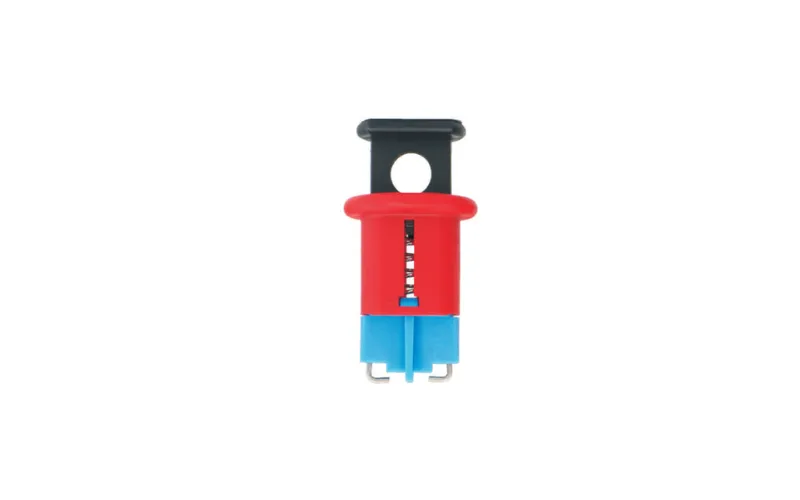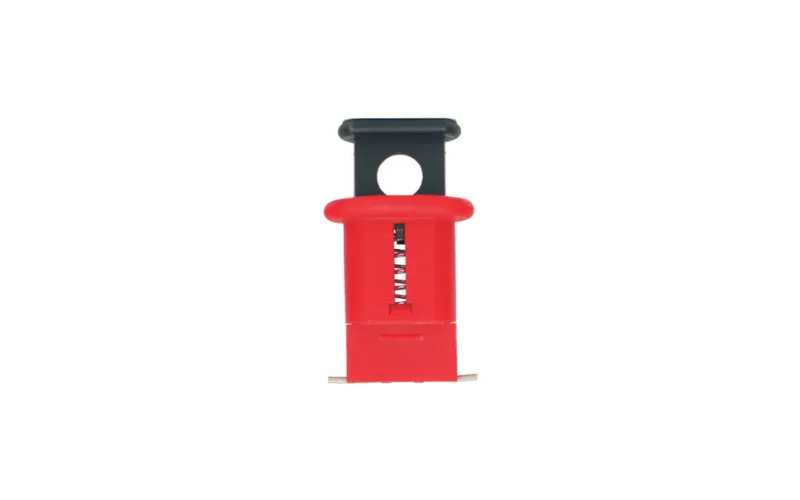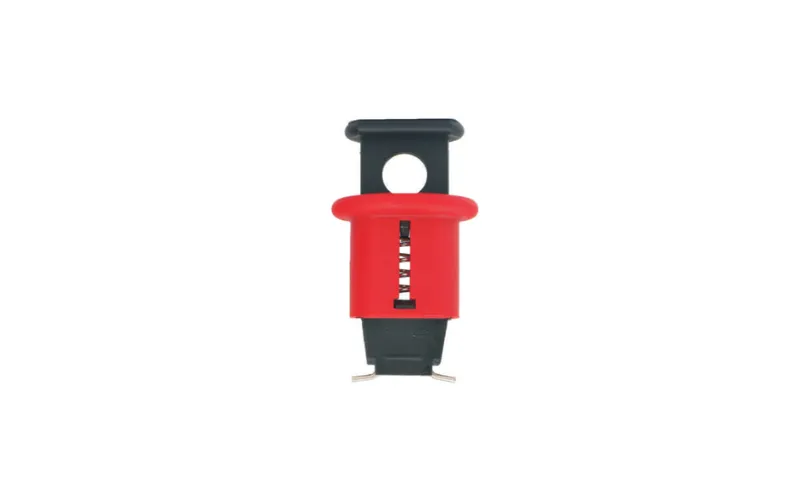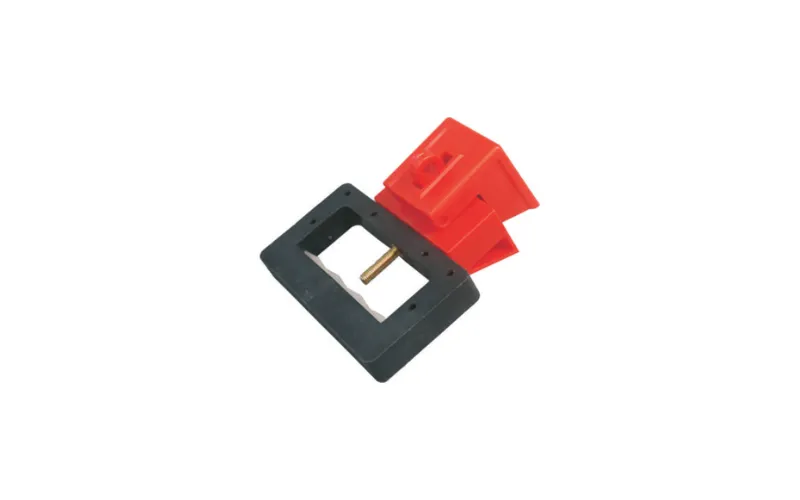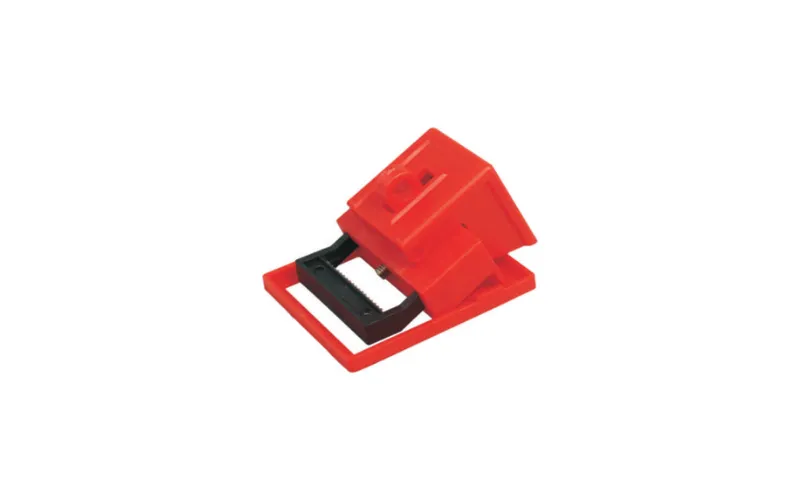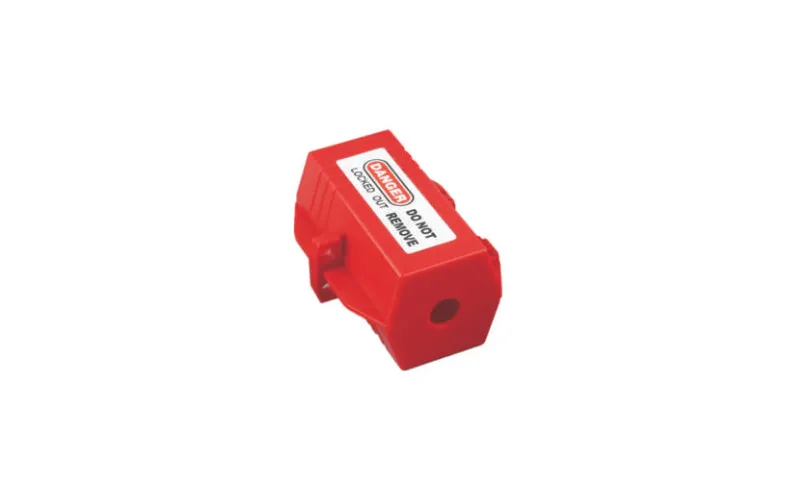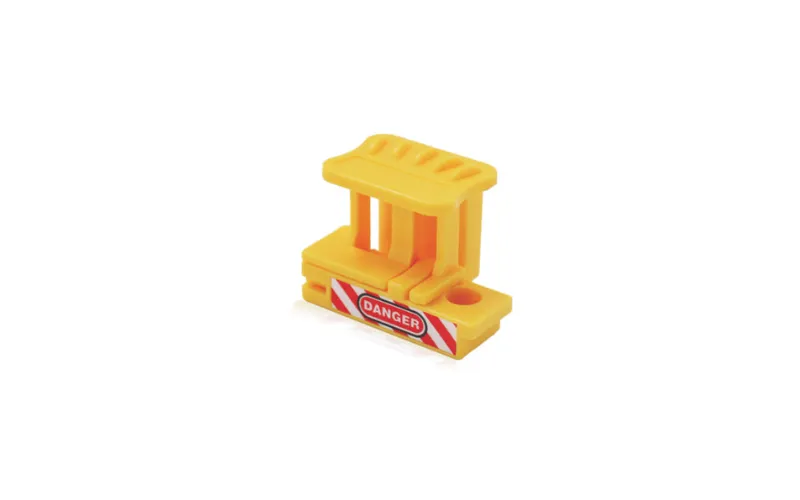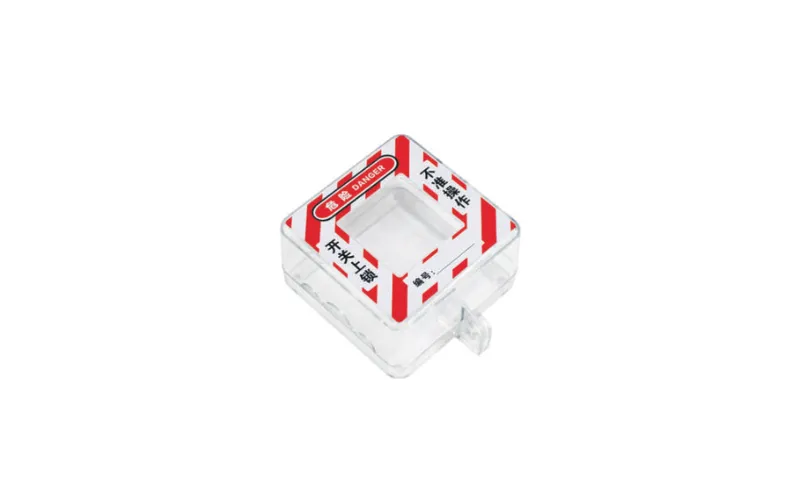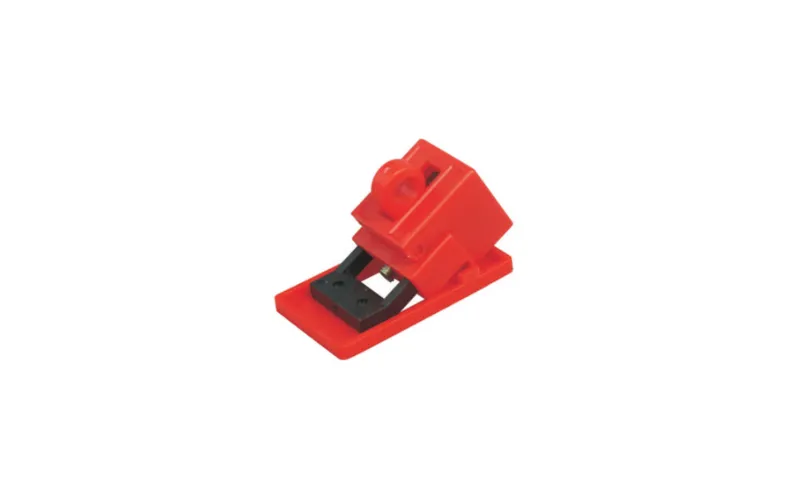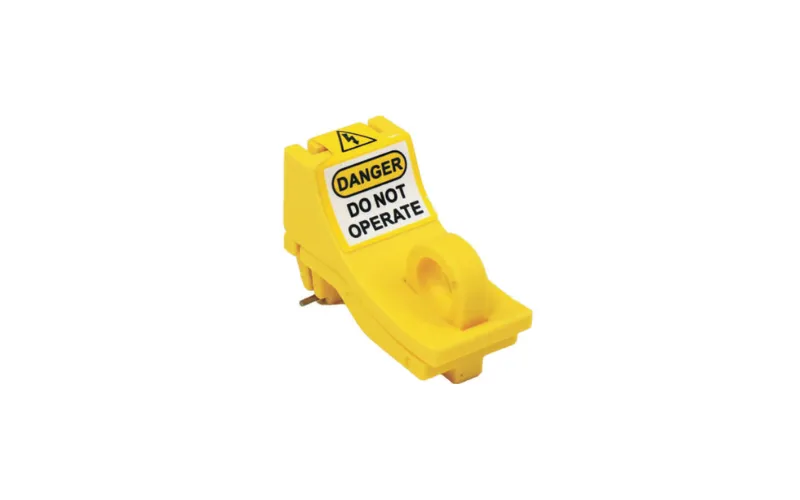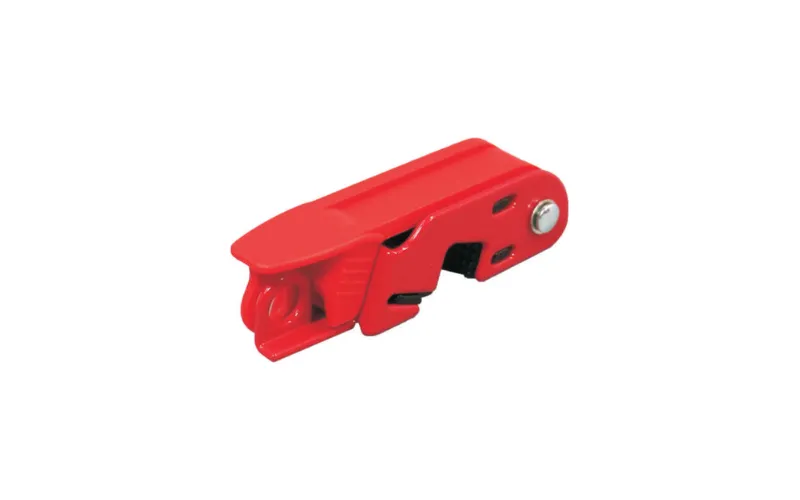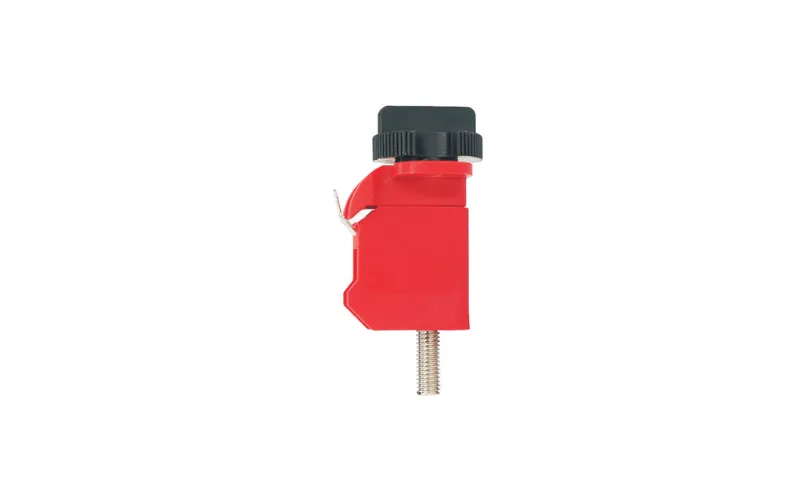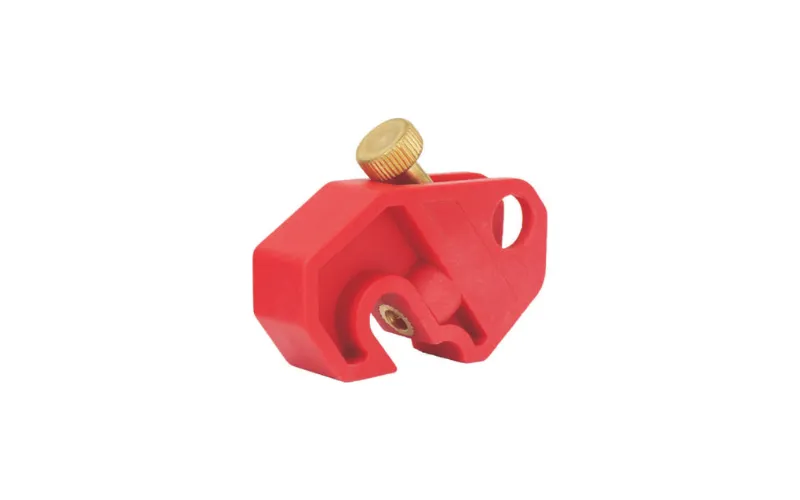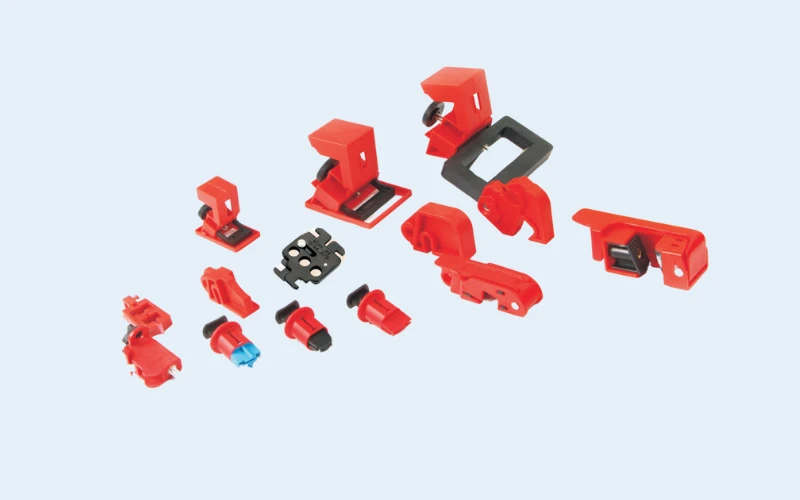
Electrical Lockout Devices
Electrical Lockout devices are essential for ensuring the safety of workers who are servicing or maintaining electrical equipment.
These devices effectively prevent electrical circuits and machinery from being inadvertently energized while maintenance or repairs are being performed.
Designed for reliability and ease of use, our electrical lockouts are made to meet stringent safety standards and offer superior protection against electrical hazards.
With a diverse range of Electrical Lockout Devices designed to cover various electrical systems, you can rely on our products to enhance safety and ensure compliance with lockout/tagout protocols.
Products
Why Choose Our Electrical Lockout Devices?
- Enhanced Safety: Our electrical lockouts prevent the inadvertent energizing of electrical systems, ensuring worker safety.
- Durable Materials: Made from robust materials like high-quality plastics and steel, these devices can withstand harsh environments and wear over time.
- Ease of Use: Designed for quick and easy installation, our electrical lockouts provide secure, reliable protection.
- Compliance: Meets safety standards and regulations, ensuring compliance with OSHA and other workplace safety regulations.
- Versatility: A wide range of lockouts suitable for various electrical systems, from circuit breakers to disconnect switches.
Applications
Electrical lockouts are critical in industries where electrical maintenance is performed, including:
- Power generation plants
- Manufacturing facilities
- Chemical plants
- Oil and gas refineries
- Construction sites
- Water treatment plants
By utilizing our electrical lockout devices, you can prevent electrical hazards and ensure a safer work environment for your team, while adhering to lockout/tagout safety standards.
Benefits of Electrical Lockout Devices
- Prevents Accidental Energization: Ensures that equipment remains de-energized during repairs or maintenance.
- Protects Workers from Electrical Shock: Provides protection from electrical hazards, reducing the risk of accidents.
- Reduces Operational Downtime: Facilitates safer, more efficient maintenance operations without interruptions.
- Enhanced Control: Allows multiple workers to lock out equipment for shared control during maintenance tasks.

